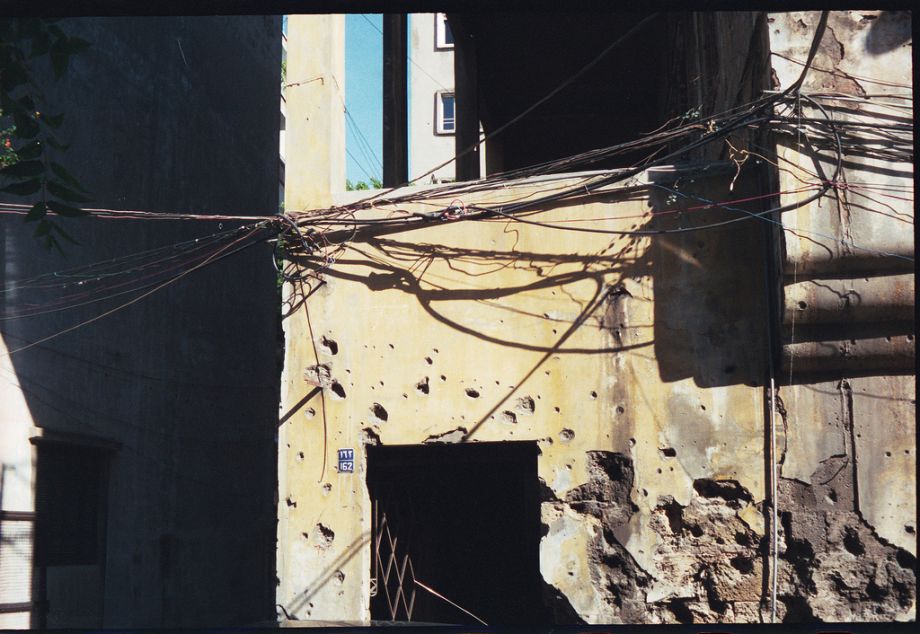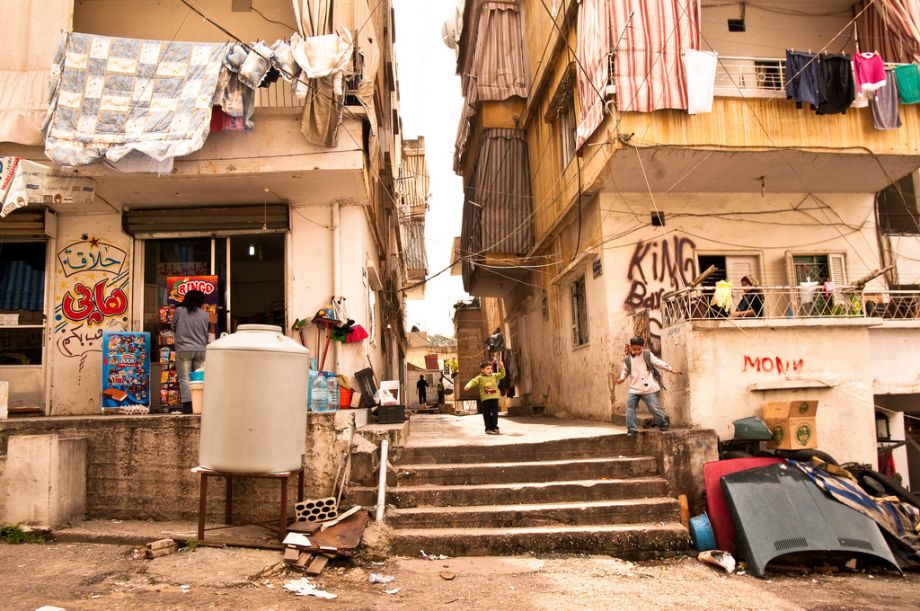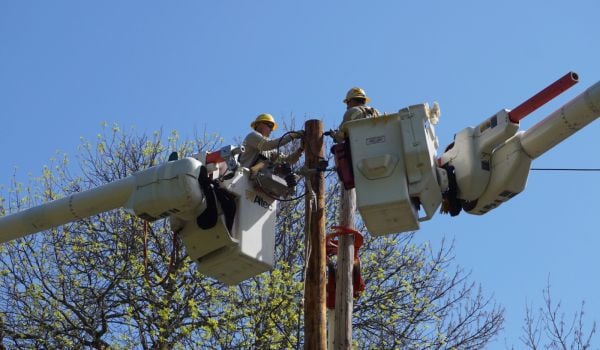Tucked between the Mediterranean Sea and snow-capped mountain peaks, Beirut is often portrayed as a city of two extremes. It is hailed in travel articles for its renowned culture and nightlife, and dismissed for its reoccurring bouts of violence. And while neither perception of the city is entirely incorrect, residents of this historical and cultural melting pot face many daily challenges aside from fearing for their safety and deciding which raucous nightclub to dance the night away at.
Indeed, it’s the city’s resilience issues that present the most daunting challenges to daily life – chief among them, a crumbling infrastructure and what is perhaps, quietly, the world’s worst refugee crisis. There are other issues, of course, but combined, these two problems represent the gravest threats to the city’s short- and long-term sustainability. And like many issues in Beirut, they both have their roots in conflict.
Beirut’s infrastructure is a slow-motion catastrophe. The city’s estimated one to two million residents endure daily power cuts, awful traffic congestion and one of the world’s worst telecommunications sectors. The 15-year civil war that began in 1975 and took the lives of over 100,000 people also decimated the city physically. Downtown’s paved roads, once bustling with taxis, now sprout thick patches of grass. Squatters, internally displaced with nowhere else to go, have replaced the throngs of middle- and upper-income shoppers who at one time frequented the city’s markets. Buildings that in the past were symbols of the Beirut’s ascent are now pocked with holes from bullets and exploding shells.
By the time the fighting ebbed in 1990, Beirut could no longer be called the “Paris of the Middle East.” To revitalize the broken city, the government built highways and bridges and renovated its air and sea ports. Downtown was also rebuilt, though the decadent, luxury apartments and boutiques were unable to draw the Lebanese as they had in the past, instead attracting wealthy tourists from the Persian Gulf. But in the time that’s passed since that era of optimism, little has been accomplished in regard to improving Lebanon’s infrastructure.
“The fact is there has been no major update to [infrastructure in] Lebanon since the early 1990s,” says Dr. Sami Nader, a professor of economics at Saint Joseph’s University in Beirut.

Evidence of Lebanon’s civil war can still be seen on many buildings in Beirut. Photo credit: Jeff M
Today’s Beirutis still face a rotating three-hour power cut each day. While some in the city have electrical generators that keep the lights on during the power gap, many can’t afford such a luxury. During the heat of summer, when average highs reach 32 degrees (90 Fahrenheit) and residents crank up their air conditioners, blackouts become even more frequent and unpredictable.
“It’s obvious that the power generation is less than the demand,” says Rabih Jaber, an associate professor with the American University of Beirut’s electrical engineering department.
Furthermore, Lebanon’s telecommunications network is among the most expensive in the world – not to mention one of the last on the planet still monopolized by the government. Many areas in this small nation still aren’t even wired for landlines.
While Beirut has grown accustomed to such struggles over the past two decades, the last two-and-a-half years have brought an entirely new challenge, one that further burdens the city’s fragile infrastructure. The war in neighboring Syria has driven millions from their homes there, and Lebanon now hosts nearly 800,000 Syrian refugees, according to UNHCR. Unofficial estimates put this figure even higher at well over one million. Beirut proper hosts nearly 17,500 of these refugees with another 6,000 awaiting registration, according to the most recent UNHCR figures.
“Now we have the wave of Syrian refugees, which amounts to one-third of the [Lebanese] population putting pressure on infrastructure by using roads, electricity and the telephone networks,” says Nader.
Unlike in Jordan and Turkey, Syrian refugees in Lebanon are not grouped together in camps. Instead, they live wherever they can find accommodation – in Beirut, this often means a popular shopping district called Hamra, a neighborhood abuzz with Syrian Arabic and which the locals now call Little Damascus. But there are many refugees in all neighborhoods of Beirut, including in certain areas of the southern suburbs, where many of them have joined impoverished Lebanese already living in squalor.
“We have noticed a rise in city children,” says Joelle Eid, public information associate for UNHCR in Beirut. She added that child labor was also on the rise since many families were struggling to survive, though no official statistics are available on these issues.
But refugees are beginning to avoid Beirut, says Eid.
“Rents are increasingly on the rise. The minority of refugees who enter in an illegal manner also avoid cities so as to avoid being detained. The same applies to those who entered legally but are becoming illegal due to the fee [to stay] being expensive.” When Syrians first enter Lebanon, they are provided a six-month entry permit, renewable for another six months for free. After the first year, refugees over the age of 15 must pay $200 if they wish to stay.
“The government introduced this fee as a gesture after the crisis began allowing Syrians to renew in General Security Office centers inside Lebanon rather than having them go back to Syria,” says Eid.
With more refugees spilling over each day, Lebanon’s infrastructure will continue to take a beating, as each day traffic gets a little bit worse, more phone calls are dropped, and politicians speak of the possibility of more power cuts.
As for the refugees, they will go where they can find work, be it Beirut or elsewhere. As Eid says, most refugees come to Lebanon with “nothing but the clothes on their back.”







_1200_700_s_c1_600_350_80_s_c1.jpg)









